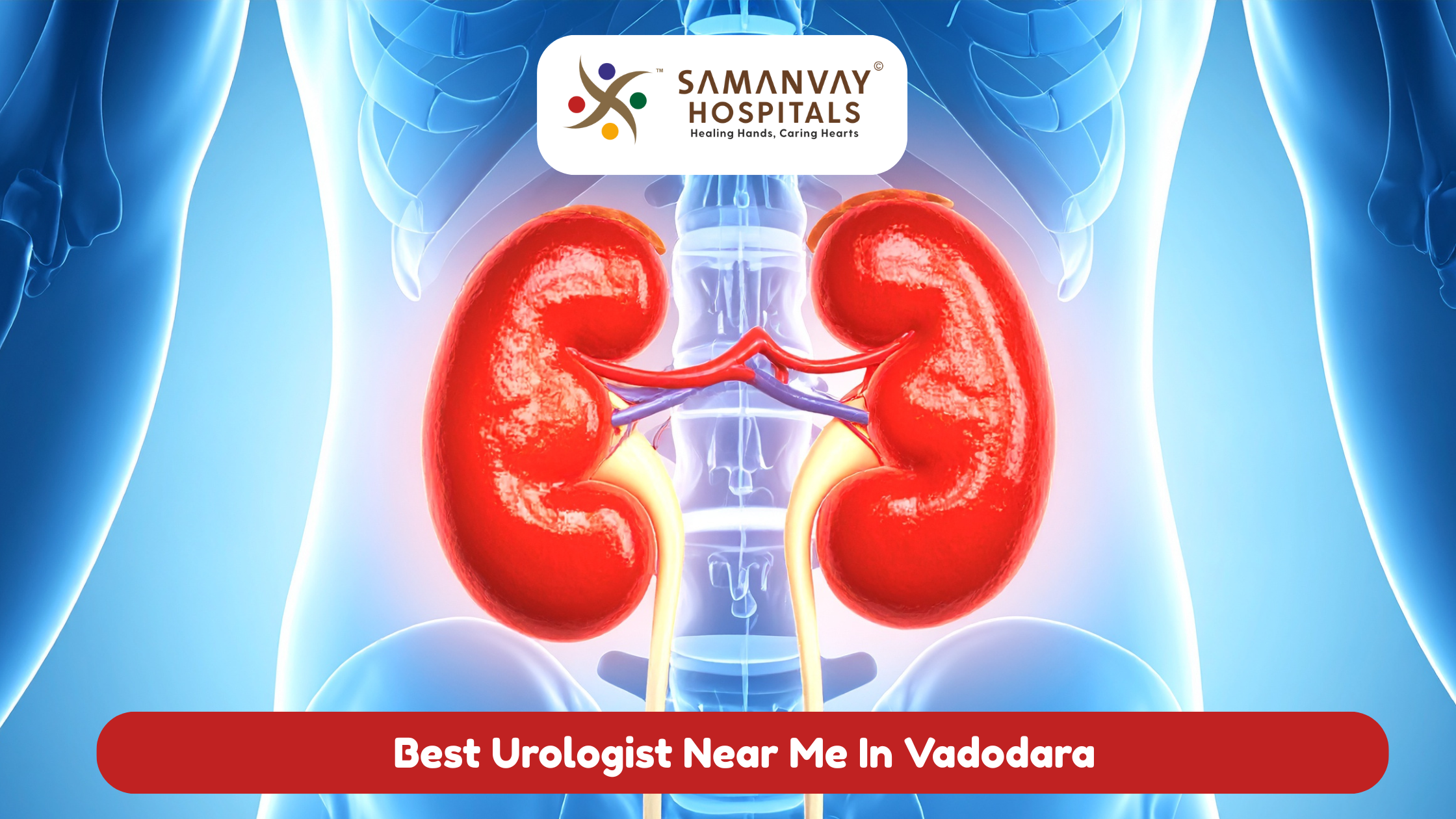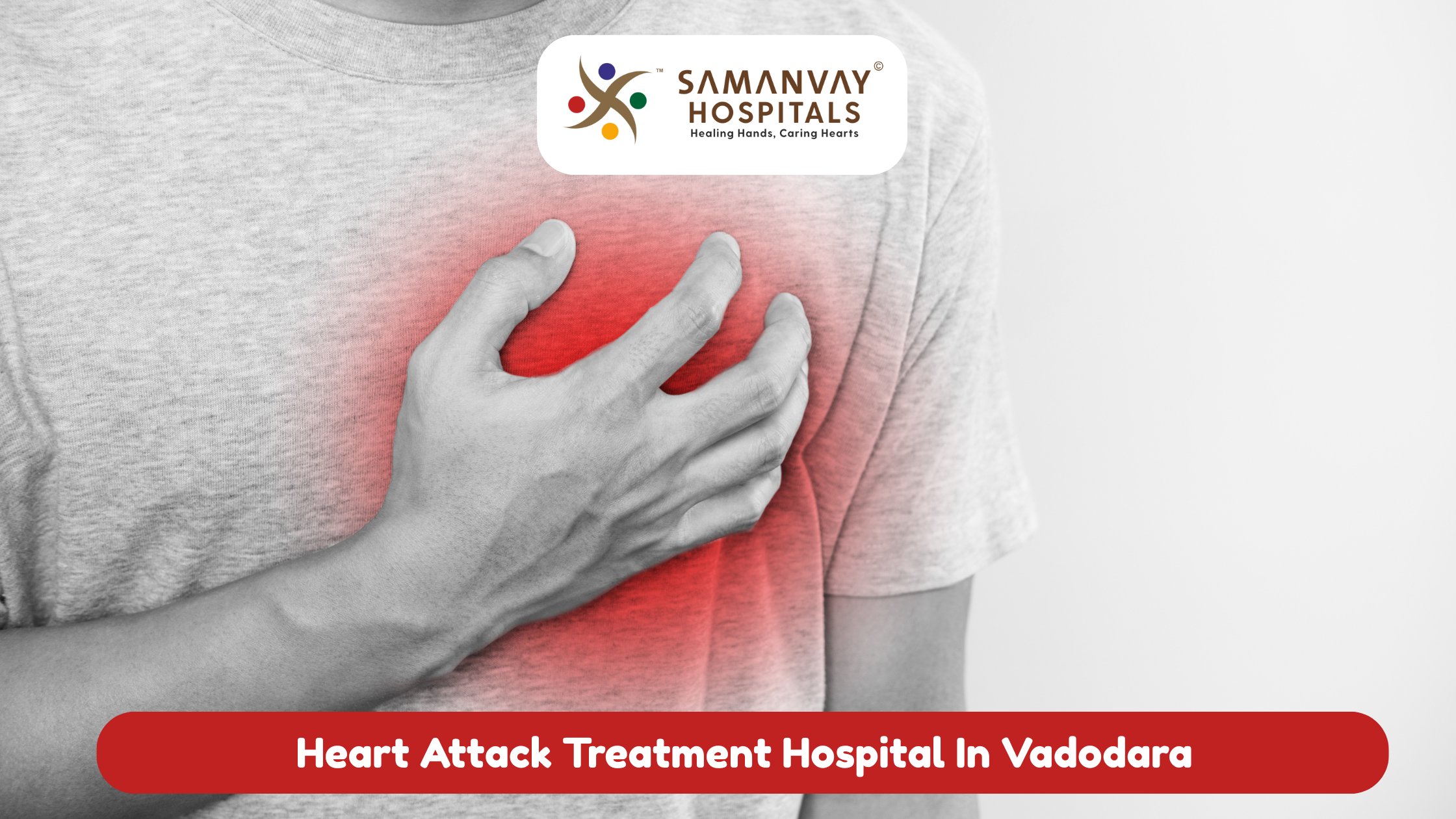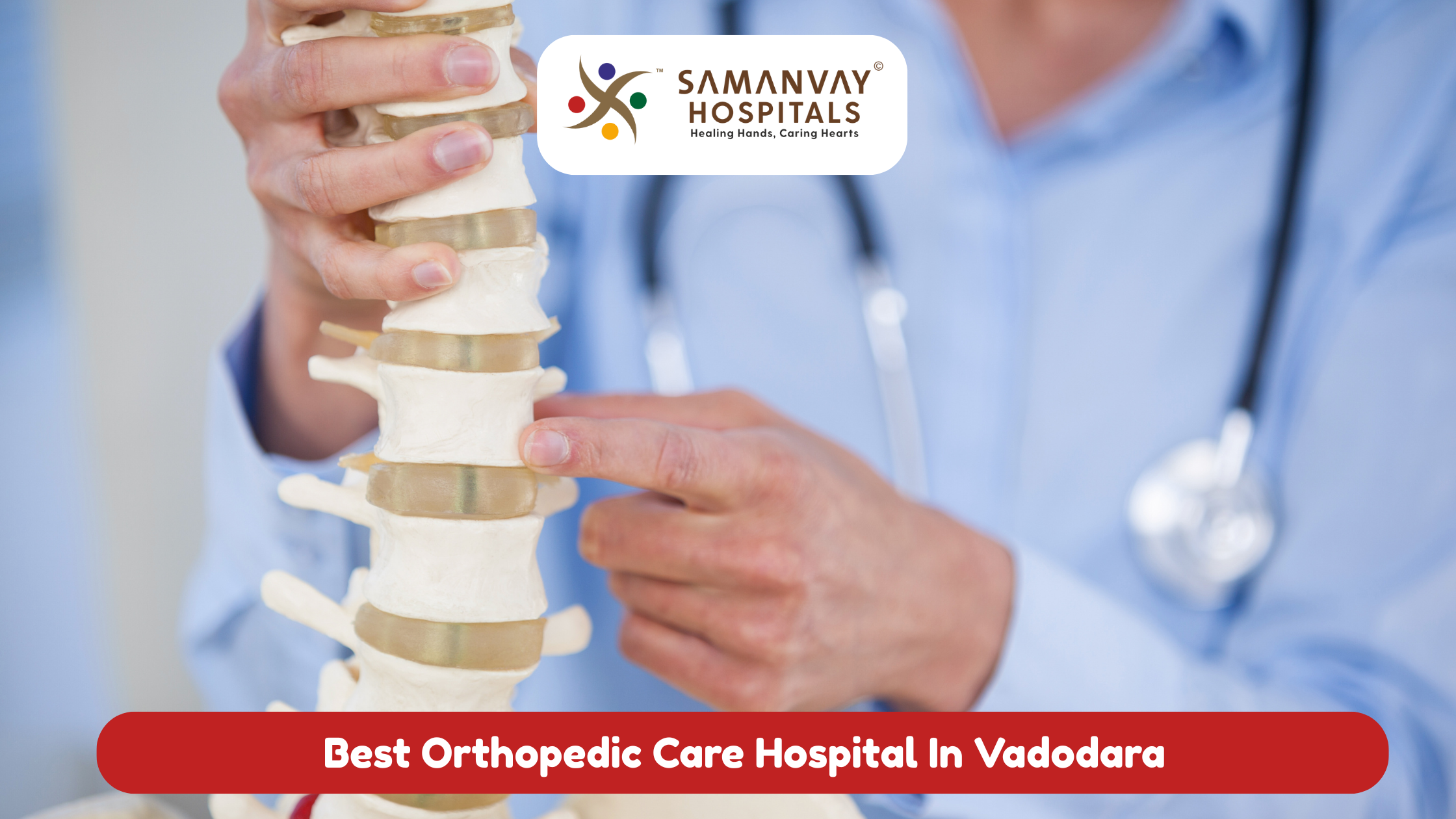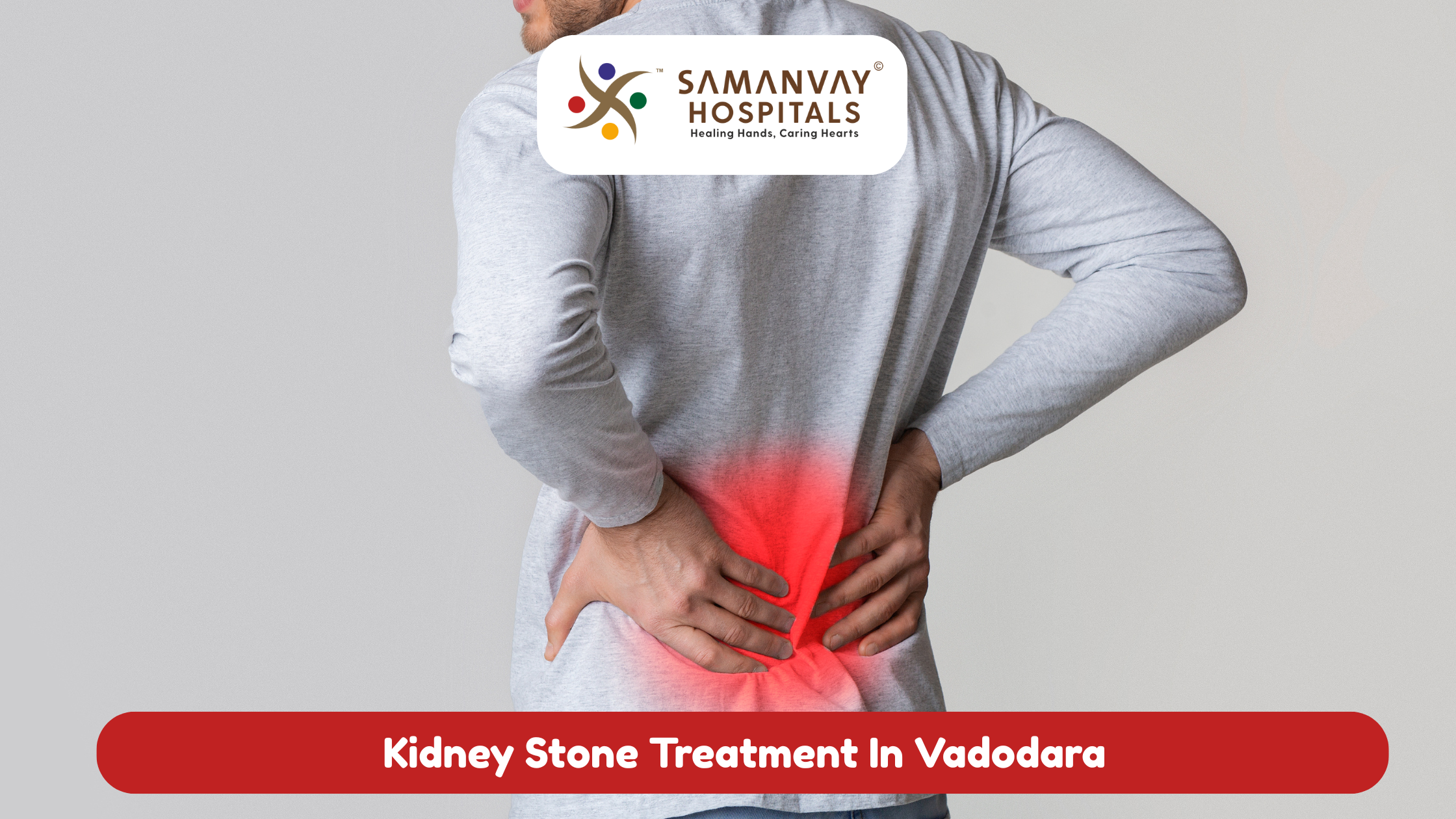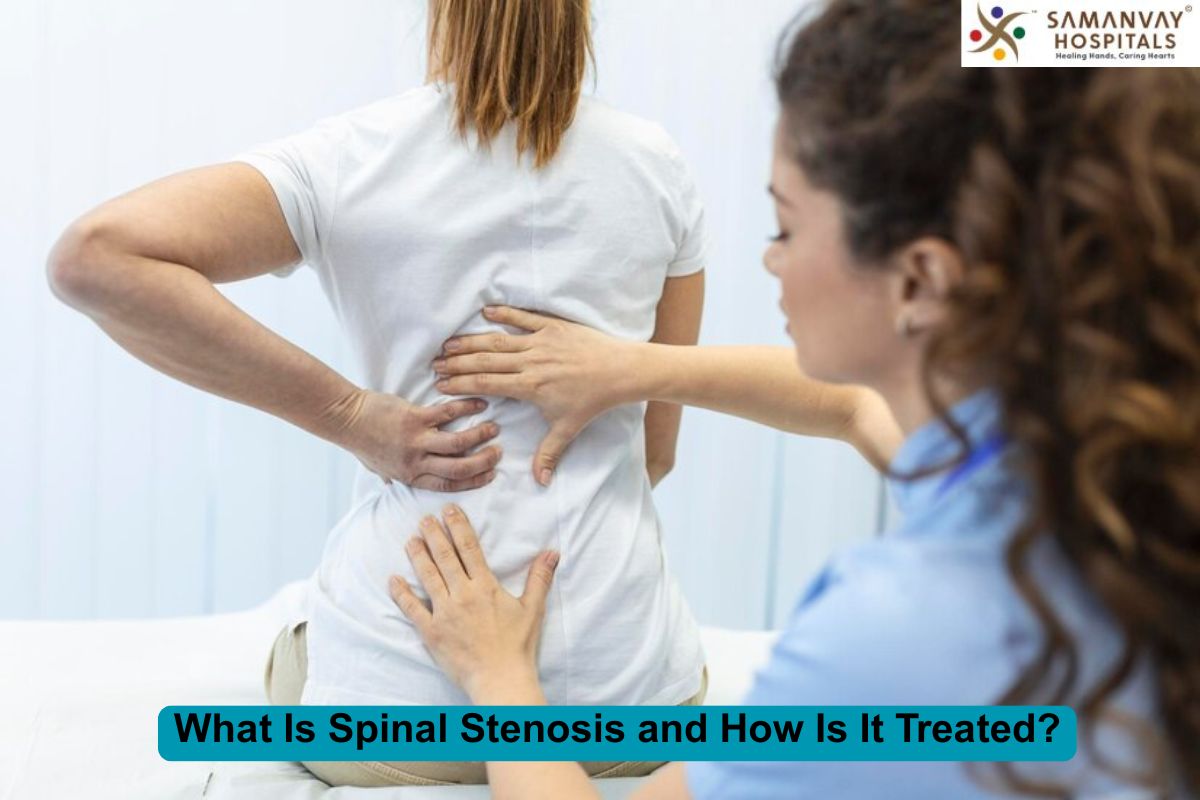
Spinal stenosis is an illness of the spine. Let us discuss what spinal stenosis is and how it can be treated.
What Causes ?
As a result, bone spur formation narrows the spinal canal. Spinal stenosis is also caused by diseases like arthritis or trauma.
Moreover, stiffened ligaments or herniated discs in the spine can also lead to narrowing. In some very rare cases, infections and tumors may also affect the spine and lead to stenosis.
Symptoms
The manifestations of spinal stenosis vary with its location. In the lumbar region, the patients experience pain, numbness, and cramping of the legs. Pain increases after walking or standing for a prolonged time. In the cervical region, spinal stenosis encompasses neck pain, weakness, and radiating arm or hand pain.
Spinal stenosis may, at times, be symptom-free. Moreover, soon the nerve compression will produce pain or weakness of increasing severity. So, the symptoms need to be caught early.
How Is Spinal Stenosis Diagnosed?
To diagnose spinal stenosis, doctors perform a thorough physical examination. On examination, the doctor checks for numbness or weakness and the range of motion. For clearer visualization, imaging studies like X-ray, MRI, or CT scans are also performed. These are useful in determining the degree of the stenosis and the affected location.
If you’re experiencing symptoms, consider visiting a doctor clinic near me. They can provide a complete evaluation and recommend the best course of action.
Treatment Options for Spinal Stenosis
The treatment for spinal stenosis depends on the severity of the condition. For mild cases, conservative treatments are often effective. These may include physical therapy, medication, and lifestyle changes. Let’s explore these treatment options in more detail.
- Physical Therapy
Physical therapy is a common treatment for spinal stenosis. It makes muscles stronger that assist in supporting the spine. Physical therapists instruct exercises that make posture, flexibility, and balance stronger. These exercises can reduce pain and improve movement. Some patients also wear a back brace to provide additional support.
- Medications
Non-steroidal anti-inflammatory drugs (NSAIDs) are usually recommended to reduce inflammation and pain. Corticosteroid injections and medication may be recommended by certain physicians to reduce swelling along the infected nerves, but these are usually short-term.
- Surgery
If conservative care doesn’t improve, surgery may be considered. Surgery can be done to alleviate pressure on the spinal cord or nerves. This may be achieved by procedures like laminectomy, in which part of a vertebra is removed to widen the spinal canal.
Only usually do surgery in areas where symptoms are severe and mostly affect life on the patient. However, if you need advanced care, you may take hospitals in Gujarat India or other local providers with specialist spinal care.
- Lifestyle Changes
Regular exercise, a normal weight, and frequent avoidance of sitting for prolonged periods will prevent and treat spinal stenosis. Weight loss eliminates stress on the spine, exercise keeps back and buttock muscles strong and flexible, and modification of daily activities by changing ergonomic adjustments also avoids overstretching of the spine.
When to See a Doctor?
If you have chronic back or neck pain, you should schedule an appointment with a doctor. The condition might be avoided from aggravating and movement maintained with an early check-up. A doctor will provide you with the proper diagnosis and recommend the best treatment for your specific situation.
Moreover, if you are looking for an MD doctor near me, ensure that you consult one who is specialized in spinal disorders. They will walk you through the possible treatments and help you to make well-informed decisions.
Conclusion
Spinal stenosis is an ailment that can lead to pain and limitation of mobility. However, with a good course of treatment, most patients can manage their symptoms and continue being active. Efficient treatment and early diagnosis – these are the keys to maximum benefit. Physical therapy, drugs, or operations – there are plenty of options.
If you or a loved one is suffering from spinal stenosis, do not hesitate to call a reliable doctor. You can start by looking for a doctor clinic near me to schedule an appointment. Proactiveness is the key to treating the condition and enjoying life to the fullest.



